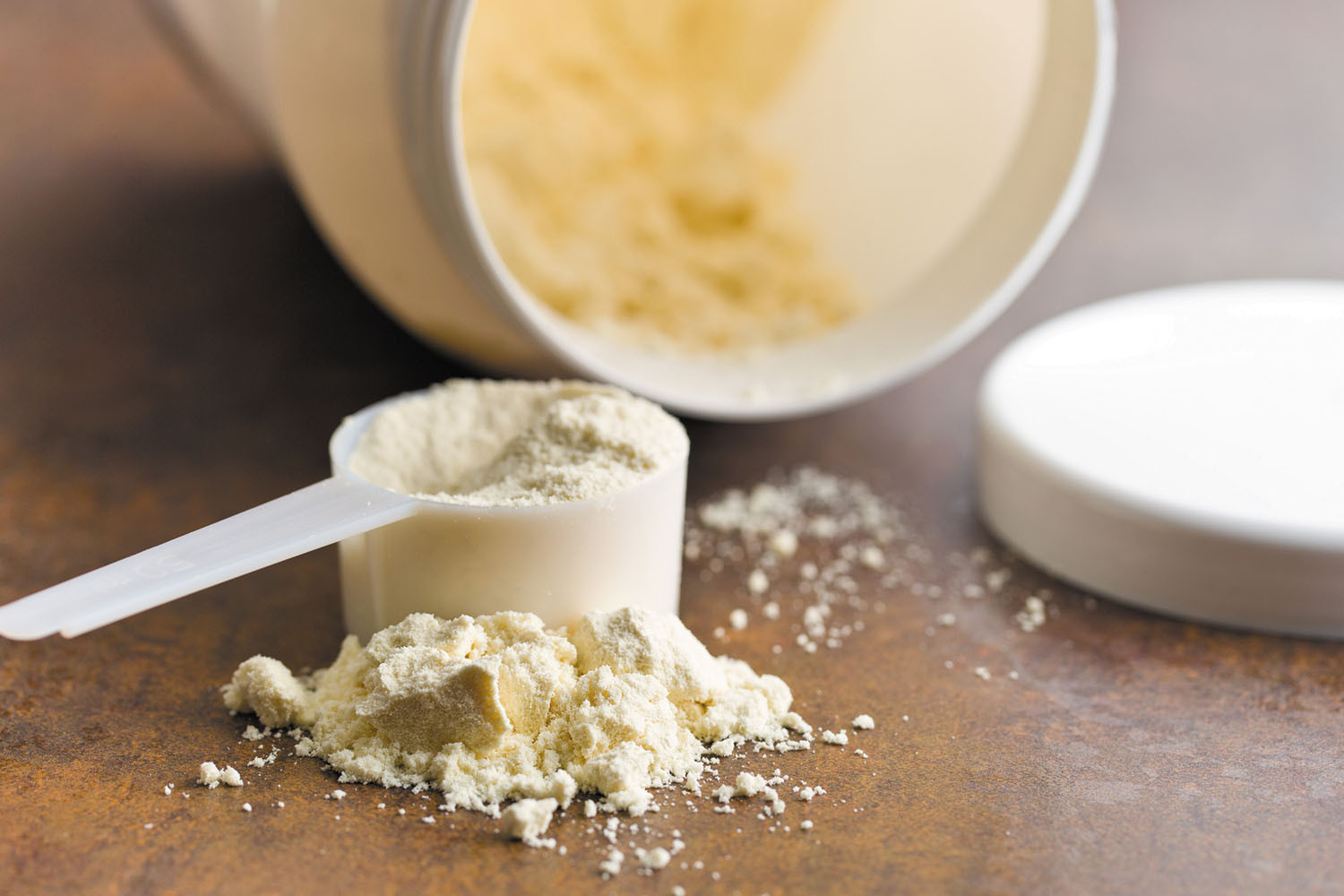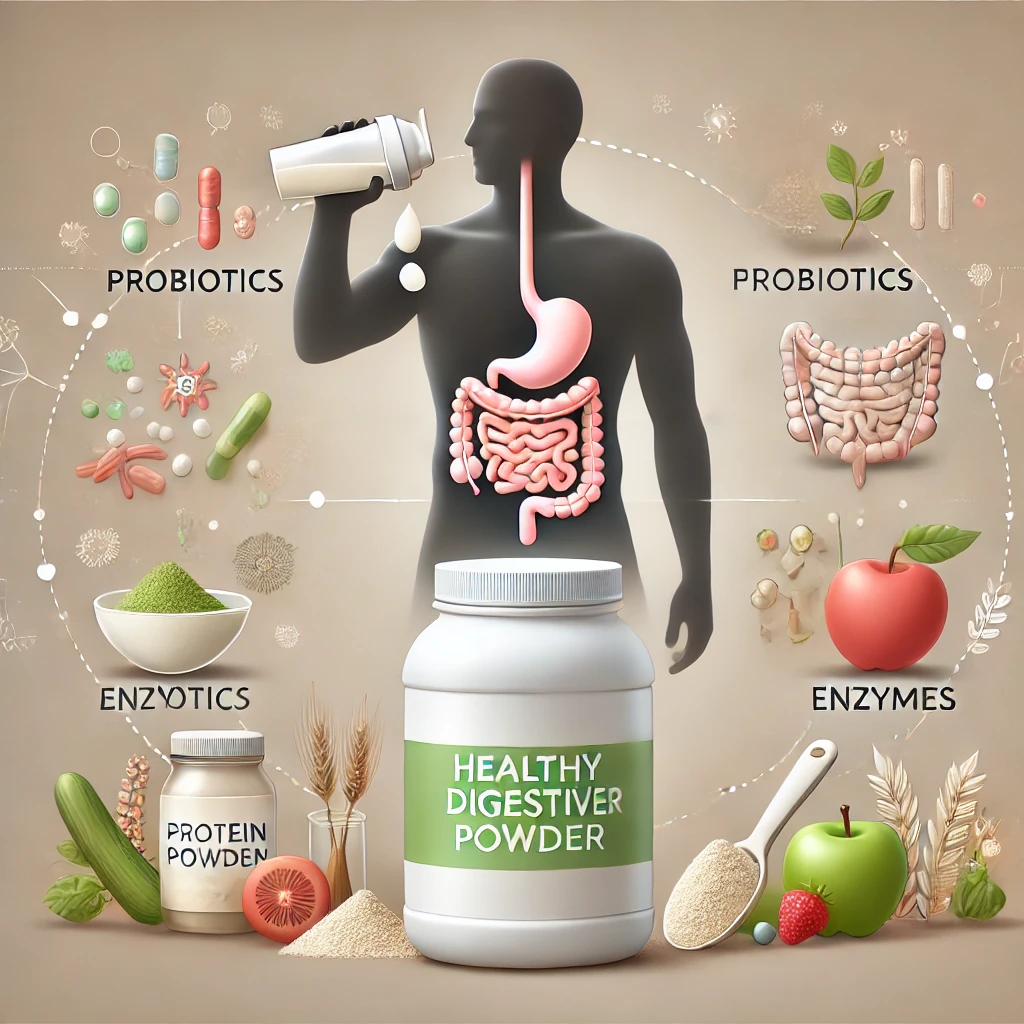Protein powders have become an essential supplement for fitness enthusiasts, athletes, and individuals looking to increase their protein intake easily. With the rise of health-conscious lifestyles and plant-based diets, protein powders are now a multi-billion-dollar industry. However, while these products may help individuals meet their nutritional needs, the environmental cost of producing them has become a growing concern. The demand for sustainability in protein sourcing has never been higher. So, how exactly does protein powder production affect the environment, and what can be done to make it more sustainable? Let’s dive in.
Table of Contents
The Growing Demand for Protein Powder

In recent years, the fitness and wellness industries have seen explosive growth, with protein powder products marketed heavily to health-conscious consumers. Beyond athletes, protein supplements have become popular among busy professionals, dieters, and people following plant-based lifestyles who want to ensure they’re getting enough protein.
With this increasing demand, the sustainability of how protein is sourced and processed has come under scrutiny. Both plant-based and animal-based protein powders carry environmental implications that need to be addressed.
Types of Protein Sources

Protein powders come in various forms, with animal-based and plant-based sources being the most common. Understanding the environmental footprint of each type is crucial for assessing their sustainability.
Animal-Based Proteins
- Whey Protein: A byproduct of cheese production, whey is one of the most popular protein sources.
- Casein Protein: Another dairy-derived protein, often used for its slow-digesting properties.
- Collagen Protein: Sourced from animal bones and connective tissues, often used in beauty and joint-health products.
Plant-Based Proteins
- Soy Protein: Derived from soybeans, a complete protein that has long been a staple in plant-based diets.
- Pea Protein: Gaining popularity due to its high digestibility and minimal allergenic concerns.
- Hemp and Rice Proteins: Lesser-known but emerging as options for those seeking varied sources of plant-based nutrition.
Environmental Impact of Animal-Based Proteins
Animal agriculture is one of the leading contributors to environmental degradation. Producing whey, casein, and collagen proteins comes with significant environmental costs, largely due to the dairy and livestock industries from which they are derived.
Land Use and Deforestation
Animal farming requires vast amounts of land. Whether it’s for grazing cattle or growing feed crops, this practice contributes to deforestation, leading to the loss of biodiversity and an increase in carbon emissions.
Water Consumption and Pollution
Dairy farming is notoriously water-intensive. Producing one liter of milk can require up to 1,000 liters of water. On top of that, dairy farms often produce runoff that contaminates nearby water supplies with harmful pollutants like nitrogen and phosphorus.
Greenhouse Gas Emissions
Cattle farming is a major source of methane, a potent greenhouse gas that contributes to global warming. Producing animal-based protein powders means contributing to the high carbon footprint of the dairy and livestock industries.
Sustainability Issues in Whey and Casein Production

While whey is technically a byproduct of cheese, its production still links to the environmental problems associated with dairy farming. The processing required to turn liquid whey into protein powder also consumes large amounts of energy. Moreover, the transportation of these products across long distances further increases their carbon footprint.
Plant-Based Protein Powders: A Greener Alternative?
Plant-based proteins are often promoted as more environmentally friendly than their animal-based counterparts, and there’s some truth to that. For example, growing plants for protein generally requires less land, water, and energy than raising animals.
Lower Emissions and Reduced Land Use
Pea, hemp, and rice proteins, for instance, can be cultivated on relatively small plots of land with lower greenhouse gas emissions compared to dairy farming. Plant crops also tend to regenerate soil health rather than deplete it, making them a better long-term solution for the environment.
Water Efficiency
Many plant crops used for protein are much more water-efficient than dairy farming. For example, peas and hemp require significantly less water to grow than the resources needed to support livestock.
Soy Protein: Its Environmental Benefits and Challenges
Soy has long been a go-to protein source for plant-based eaters, and it has a fairly efficient environmental footprint—particularly when compared to animal proteins. However, soy farming comes with its own set of problems, especially in regions like South America where large swathes of forest are cleared for monoculture soy crops. This deforestation can cause loss of biodiversity and disrupt ecosystems.
Monoculture and Deforestation
Soy monoculture, especially when genetically modified, can reduce soil fertility and biodiversity. To address these concerns, more sustainable soy farming practices, such as crop rotation and organic farming, are being encouraged.
Pea Protein: A Rising Star in Sustainability
Pea protein has rapidly become one of the most sustainable alternatives to whey. Peas are nitrogen-fixing crops, meaning they naturally replenish soil nutrients, reducing the need for synthetic fertilizers. Peas also grow in cooler climates, which helps mitigate the risk of deforestation in tropical areas.
Environmental Benefits Over Animal Proteins
Compared to animal-based proteins, peas require less water and land, and they produce fewer greenhouse gases. Plus, they’re easily grown in various regions, making them more versatile and adaptable in the face of climate change.
Hemp and Rice Protein: Lesser-Known Options
While not as mainstream as soy or pea, hemp and rice proteins are emerging as eco-friendly options. Hemp grows quickly with minimal water and fertilizer and is also known for its soil-enriching properties. Similarly, rice protein is gluten-free and hypoallergenic, although growing rice can be water-intensive depending on the region.
Emerging Sustainable Protein Sources

The search for more sustainable protein sources has led to exciting innovations in the industry.
Insect Protein
Insect farming is being explored as an extremely efficient source of protein. Insects require minimal land, water, and feed compared to traditional livestock, and they produce far fewer emissions. Although insect protein hasn’t gained widespread acceptance in the Western market, it’s likely to become more popular as sustainability concerns grow.
Algae Protein
Algae is another promising alternative. It grows rapidly, requires minimal resources, and can even be cultivated in environments unsuitable for traditional farming. Additionally, algae farming can help sequester carbon dioxide, making it a potential game-changer in combating climate change.
Supply Chain and Transportation Impact
The production of protein powders doesn’t end with farming. The global supply chain—sourcing, processing, packaging, and transporting—adds to the environmental impact. Long-distance transportation of raw materials and finished products increases carbon emissions. Supporting locally sourced protein ingredients could significantly reduce this footprint.
Packaging and Waste in the Protein Powder Industry

One of the lesser-discussed aspects of the environmental impact is the packaging of protein powders. Most powders come in large plastic tubs, which contribute to plastic waste. However, more companies are starting to adopt recyclable or biodegradable packaging materials to address this issue.
Certifications and Labels for Sustainable Protein Powders
Consumers looking for more sustainable protein powders can check for certifications like:
- Organic: Produced without synthetic pesticides or fertilizers.
- Non-GMO: Made from ingredients that are not genetically modified.
- Fair Trade: Ensures ethical farming practices and fair wages for workers.
These certifications can help ensure that a product is more eco-friendly and ethically produced.
What Companies Can Do to Improve Sustainability
To reduce their environmental impact, protein powder manufacturers can:
- Shift towards using renewable energy sources in their production facilities.
- Partner with sustainable farmers who practice regenerative agriculture.
- Reduce waste by offering bulk purchasing options or using eco-friendly packaging.
Conclusion
The environmental impact of protein powder production is a complex issue that involves everything from sourcing and farming practices to supply chains and packaging. While plant-based proteins generally have a lower environmental footprint than animal-based options, it’s essential to consider factors like land use, water consumption, and emissions for each type of protein. As consumers become more eco-conscious, the demand for sustainable protein powders is likely to grow, encouraging companies to adopt greener practices. By choosing more sustainable protein options, we can all contribute to a healthier planet.
Frequently Asked Questions
Are plant-based proteins always more sustainable than animal-based ones? While plant-based proteins generally have a lower environmental impact, some plant sources like soy can contribute to deforestation. It’s essential to consider the farming practices used.
How can I identify a sustainable protein powder? Look for certifications like organic, non-GMO, and fair trade. Also, check whether the company uses eco-friendly packaging and partners with sustainable suppliers.
What are the most eco-friendly packaging options for protein powders? Companies are beginning to use recyclable or biodegradable packaging to reduce plastic waste. Bulk purchasing options can also help minimize packaging.
How does protein powder production impact biodiversity? Animal farming can lead to habitat destruction and loss of biodiversity. Monoculture crops for plant proteins, such as soy, can also reduce biodiversity if not managed sustainably.
What is the most sustainable source of protein powder? Pea protein is currently considered one of the most sustainable sources, thanks to its low water use and ability to improve soil health. Insect and algae proteins are emerging as highly sustainable alternatives as well.








